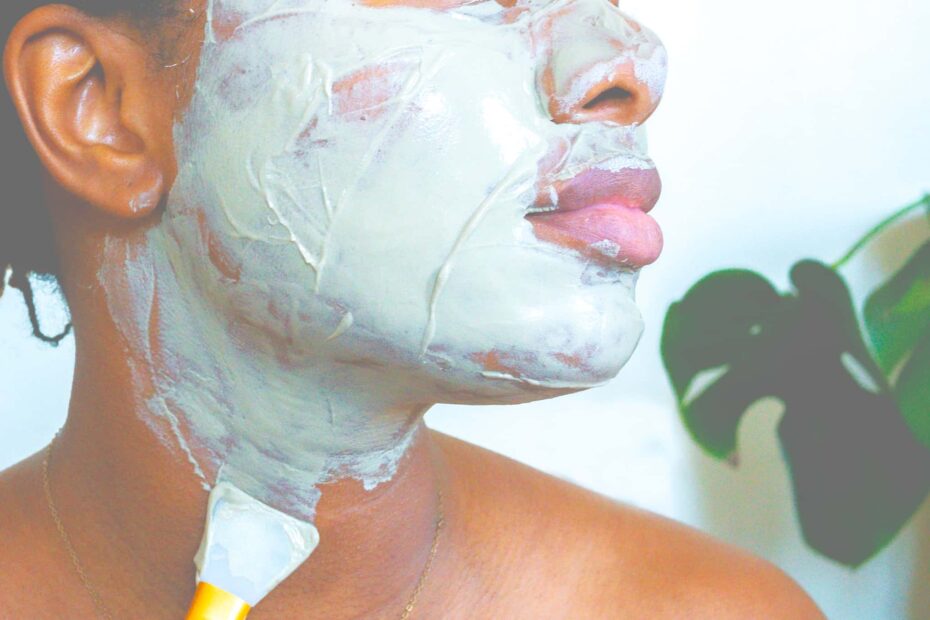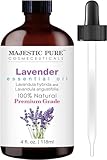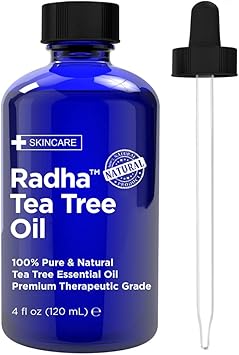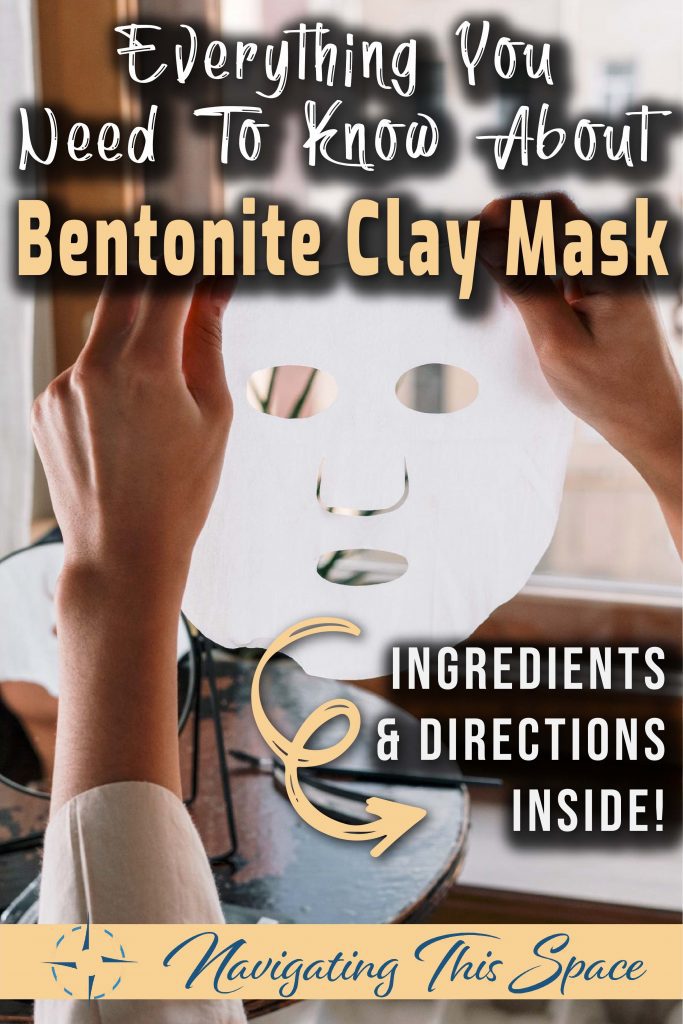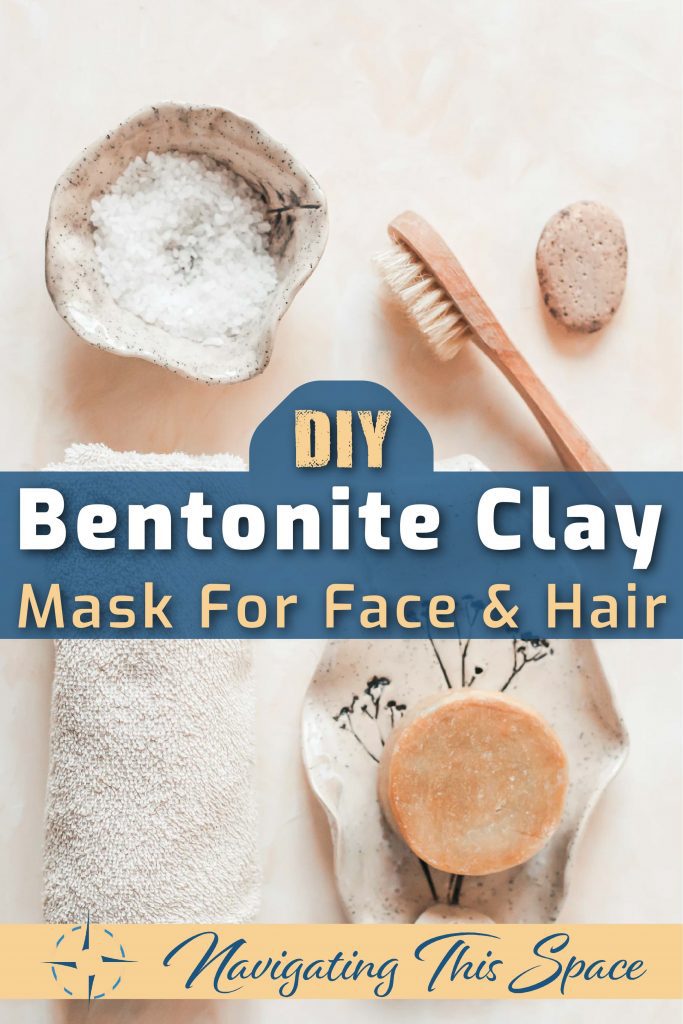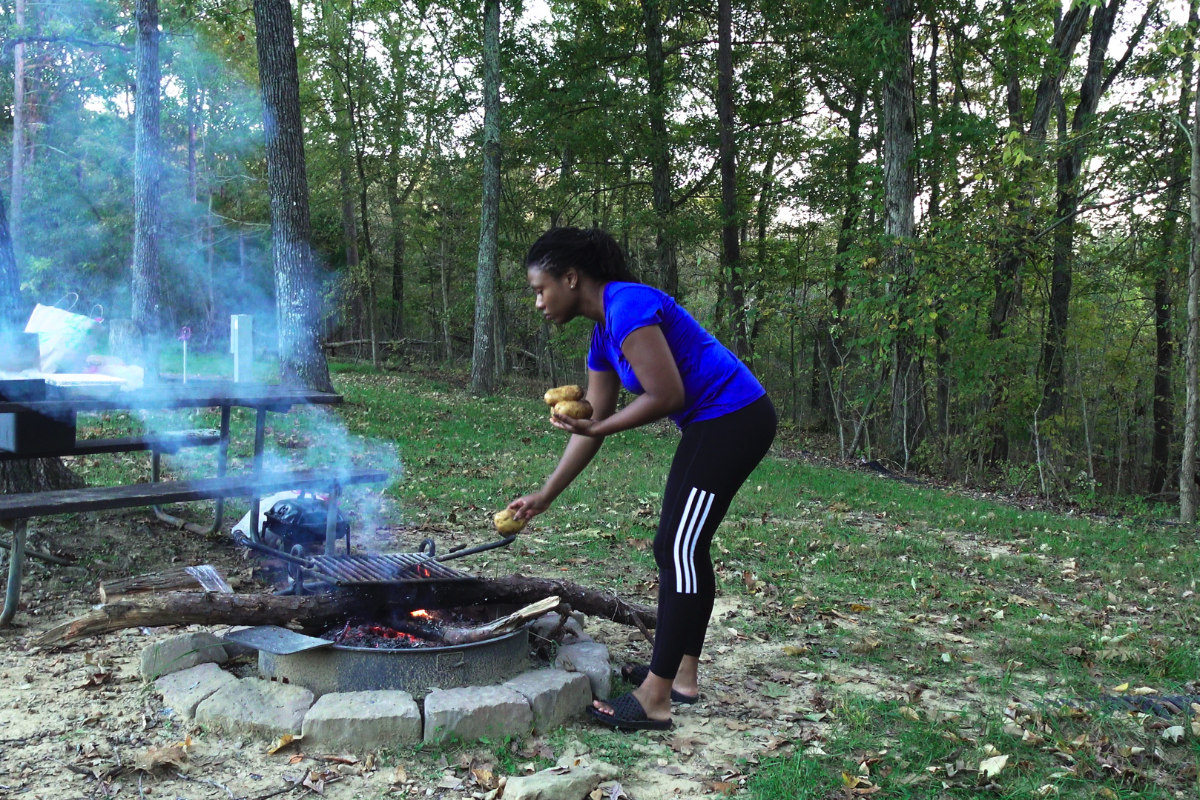Humans have been using clay since the dawn of time to maintain body health and treat diseases. The DIY bentonite clay mask I’ll be sharing with you has more benefits than just as an acne-relieving, skin-beautifying agent.
What is Bentonite Clay?
Bentonite clay is volcanic-ash, absorbent clay that exists all over the world but was first found in Rock River, Wyoming. There are two types of bentonite clay: sodium, and calcium. Calcium bentonite, the one used in this mask recipe, is great for absorbing fats and oils and can be used as a detoxifying agent to cleanse the body. It’s been used as a dressing for wounds and bites and for treatment for poison ivy and poison oak.
Bentonite clay is beneficial for improving skin lesions and ulcers, chronic hand dermatitis, and it acts as a barrier for keeping toxic agents away from the skin.
For cosmetic care, it acts as a deep cleansing agent for facials, hair, and the body. It removes dark spots, clears acne, and helps to replenish dry skin.
It’s all natural
When shopping for good bentonite clay, make sure that the label has only one ingredient. That way you’ll be sure that you’re getting the clay in its purest form which is free from fragrances and extra additives.
How do you make a bentonite clay mask?
Making a clay mask is relatively easy. You can choose to follow the instructions on the container, which advises you to use either water and/or apple cider vinegar, or you can customize it with any ingredient to better suit your skin and hair needs.
Some precautions to take while using the clay mask recipe:
- Do not leave the mask on for more than ten minutes for sensitive skin or more than twenty minutes for normal skin.
- Never leave the mask on overnight!
- Always do a patch test on your forearm if you’re using apple cider vinegar as your liquid ingredient.
- To prevent clumping of the clay, use warm water when mixing.
- Do not use this recipe internally.
- Use this DIY bentonite clay mask once per week for sensitive skin or twice per week for normal skin
- Do not use metallic objects when mixing the mask. No metal spoons, whisk, or containers.
Additional ingredients you can use:
Since bentonite clay is basically the base of the face and hair mask, you can customize your mask by adding your favorite oils or essential oils to the mix. I like to use tea tree and lavender essential oil, along with jojoba or neem oil but if you prefer another fragrance you can always substitute my recommendations. Bear in mind that different oils and essential oils have different healing purposes so make sure you’re using the correct oil for your specific need.
Here’s a list of ingredients you can use to customize your face and hair mask
Tea tree essential oil
Fight acne, soothes skin inflammation, clears dead skin, and reduces dandruff.
Lavender essential oil
Promotes hair growth, heals acne breakouts, soothes eczema, and dry skin.
Frankincense essential oil
Nourishes and strengthens hair to slow and prevent hair loss, treats dry skin, reduces wrinkles, scars, and stretch marks.
Lemon essential oil
Treats and prevents acne breakout by purging bacteria trapped in pores, promotes wound healing.
Rosemary essential oil
Promotes hair growth by strengthening circulation, reduce inflammation caused by acne.
Argan oil
Moisturizes skin, treats acne, promotes wound healing, has anti-aging effects, prevents and reduces stretch marks.
Jojoba oil
Soothes eczema, moisturizes dry skin, has antibacterial properties, promotes wound healing, reduces fine lines and wrinkles.
Rose Hip oil
Heals wounds, reduces fine lines and scars, reduces hyperpigmentation, prevents sun damage.
Tamanu oil
Soften skin, promotes new tissue growth, treats acne, heals, and reduces scars.
Neem oil
Treats acne, dry skin, and wrinkles, minimizes warts and moles, heals wounds.
This page contains affiliate links. This means that if you click a link and buy one of the products on this page, I may receive a commission (at no extra cost to you!)
Side effects of using bentonite clay
Some people have reported skin burns from using the bentonite clay mixed with apple cider vinegar. Vinegar, especially apple cider vinegar, can be harsh on sensitive skin so to do a patch test before fully applying the mask to be safe. To combat the side effects, you can use either equal parts or water and apple cider vinegar or a three to one water to apple cider ratio.
Here’s what you’ll need:
mixing bowl (silicone, or glass)
Purified Water
DIY Bentonite Clay Mask For Face and Hair
Ingredients
1/4 cup of Aztec Bentonite clay
1 tbsp of purified water
1 tbsp of apple cider vinegar
1-2 drops of tea tree essential oil
1-2 drops of lavender essential oil
1/8 tsp of Tamanu oil
1/8 tsp of Neem oil
Directions
Mix all ingredients in a mixing bowl.
If the mask is too thick, add more water or apple cider vinegar.
Use a thin to medium coat to layer clay onto skin, avoid a thick layering.
Leave the clay to dry for no longer than 10 minutes for sensitive skin and no longer than 20 minutes for normal skin types.
Do NOT use metallic objects when mixing the clay into a mask.
Drying times may vary, depending on how thick you’ve layered the clay.
Thoroughly rinse face and hair when the timer expires.
When the clay is drying, you’ll experience a pulsating feeling, believed to be the toxins leaving your skin. Always use a face toner and moisturize after your mask has been washed clean from your skin.
There you have it: a natural and easy DIY bentonite clay mask for your hair and skin.
Let me know in the comments if you’ll be trying this bentonite clay face mask recipe.
